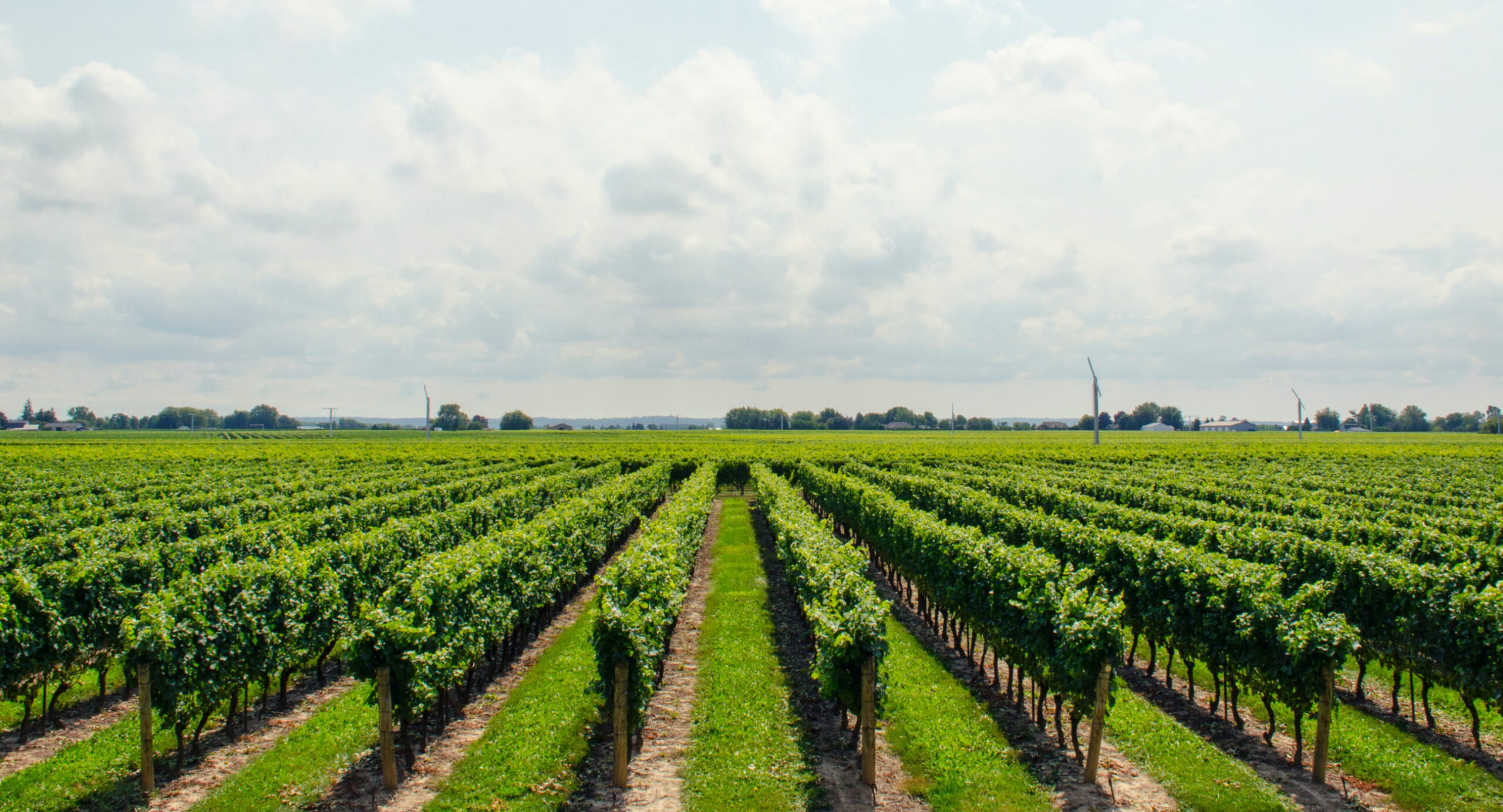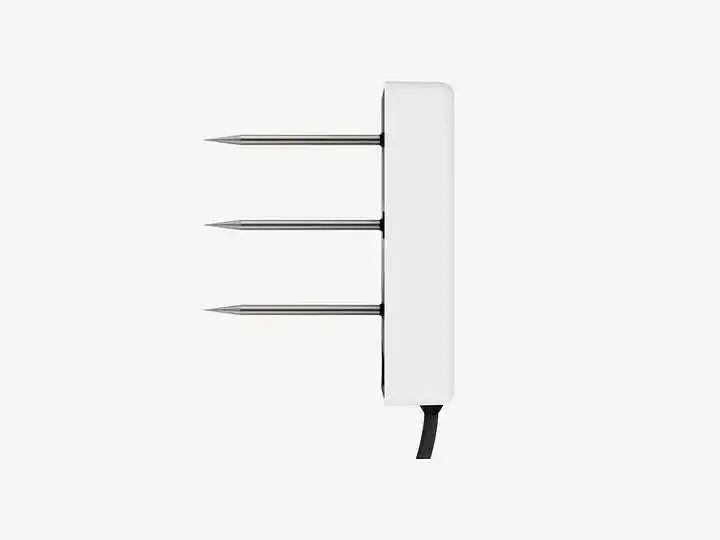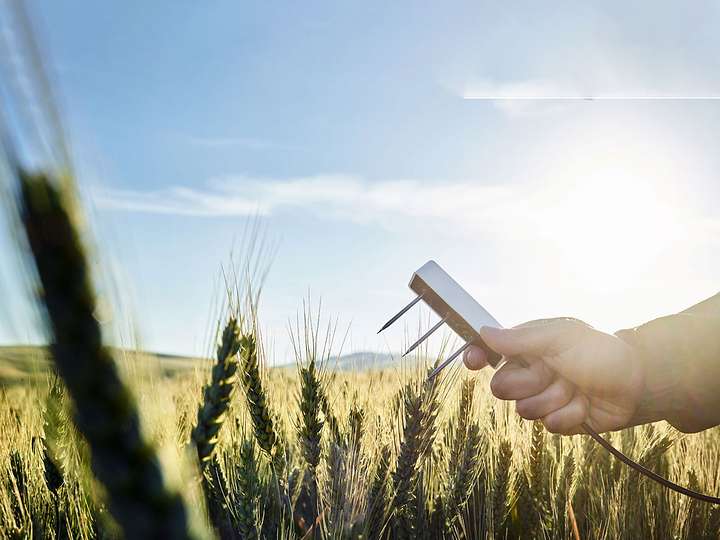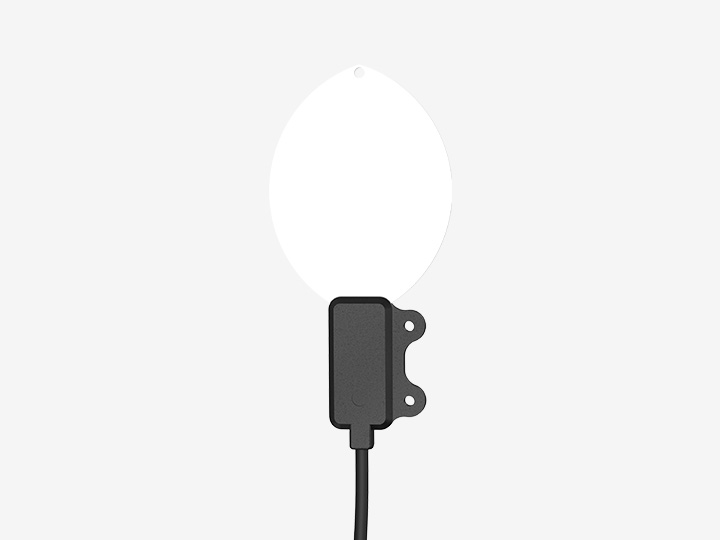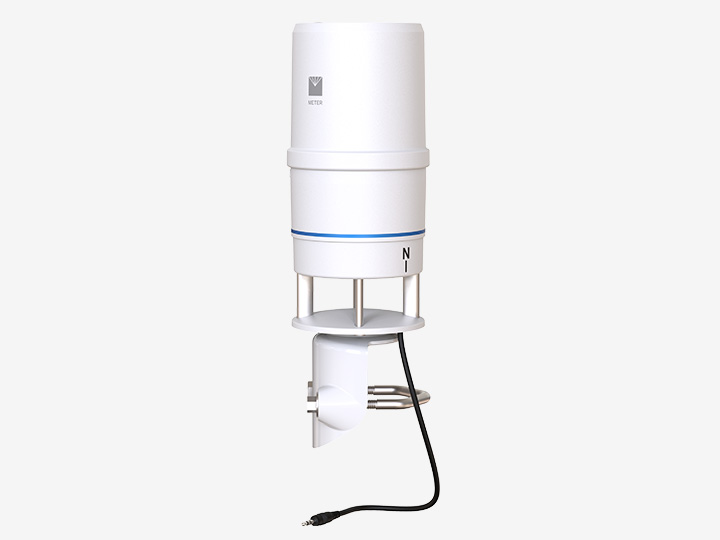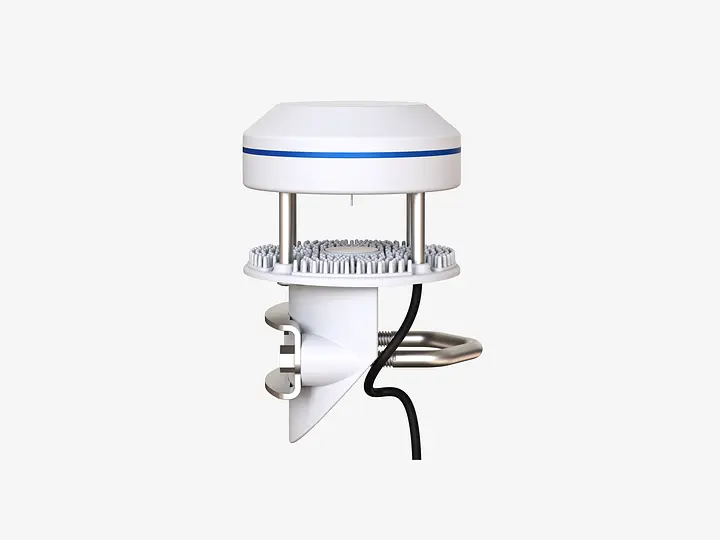Episode 18: Busting vineyard water management myths
In vineyards, too much water can be as bad as too little. Jaclyn Fiola, hydropedologist at Virginia Tech, shares her research on the influence of soil and precipitation in U.S. Mid-Atlantic vineyards.
